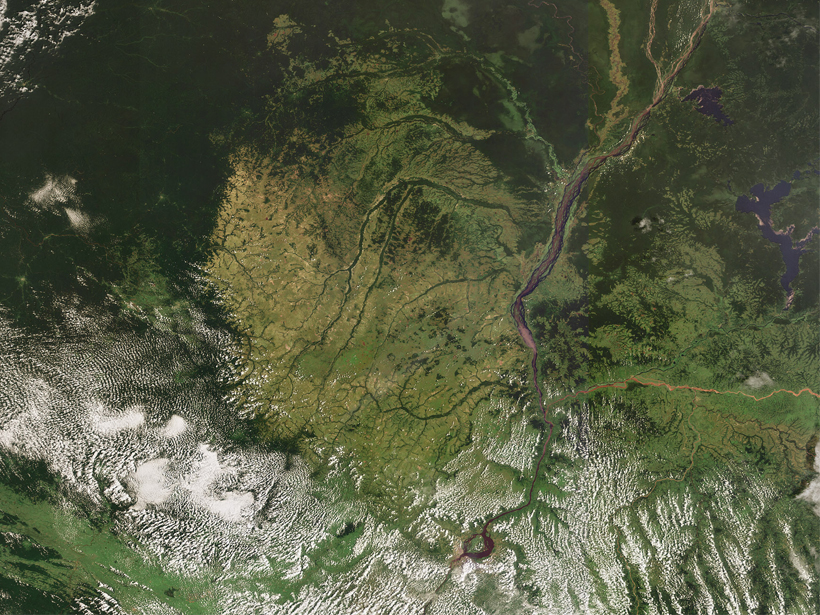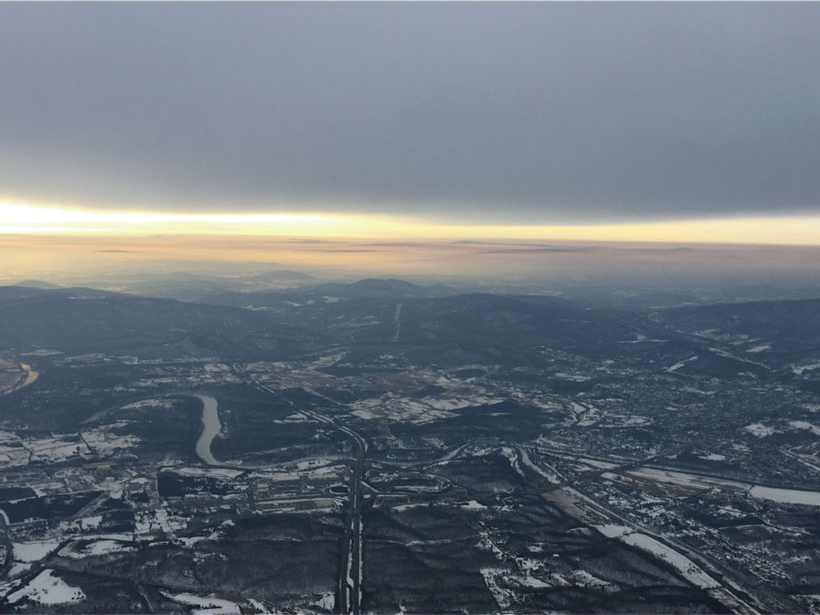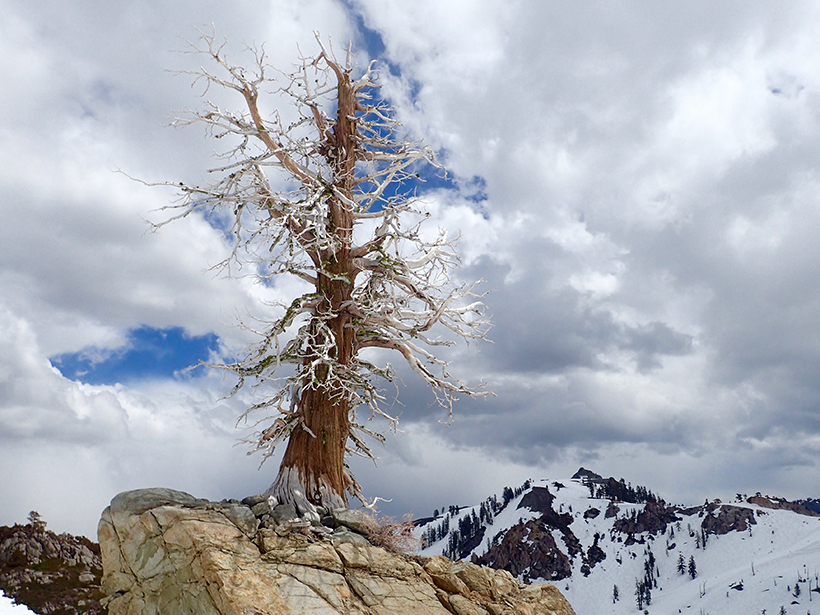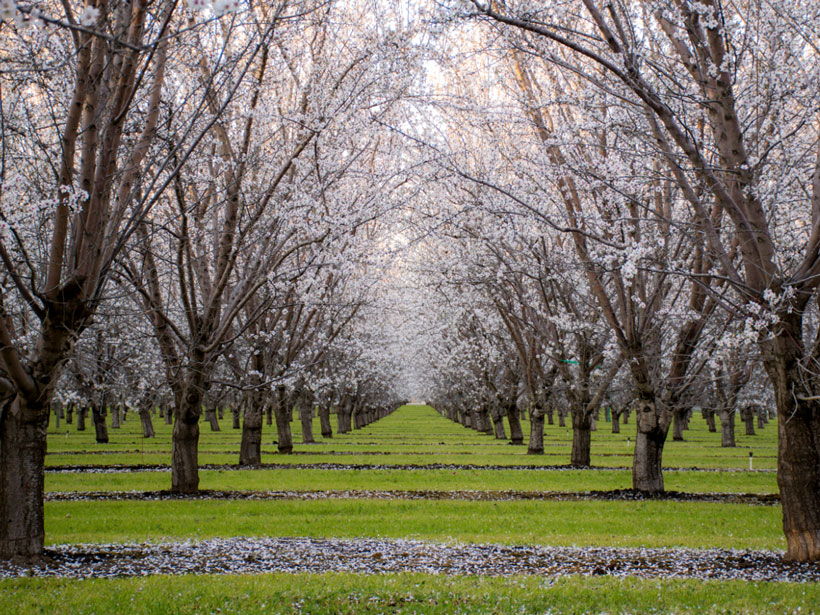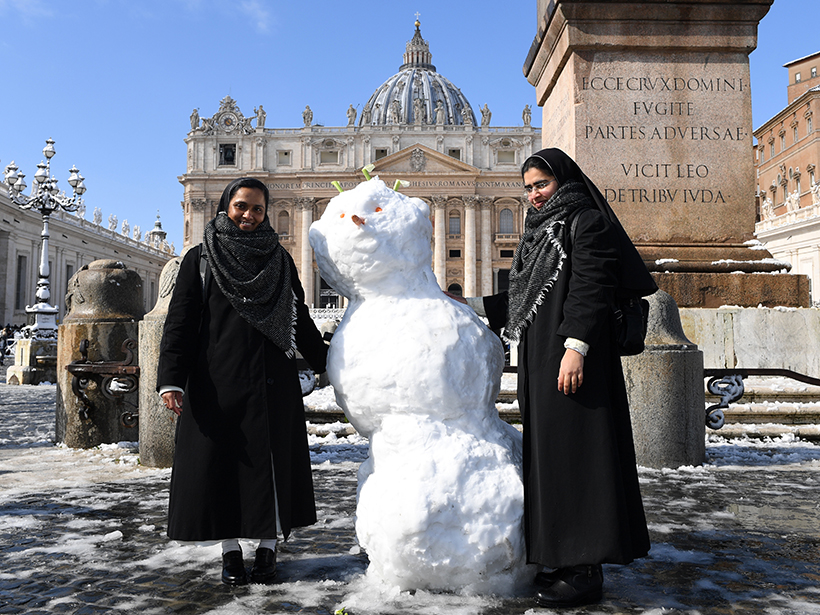Training an algorithm with satellite images of ocean color reveals the blooms and busts of phytoplankton communities.
seasonal variability
July May Turn Out to Be the Hottest Month in Recorded History
If this year’s record-breaking trend continues, we’re on track for 2015–2019 to be the hottest 5 years on record.
Congo Rain Forest Endures a Longer Dry Season
The forest’s dry season has been starting earlier and ending later for decades, making parts of it vulnerable to incursions by drought-resistant ecosystems.
Far-Flung Dust Storms Deliver Nutrient Boosts to North Pacific
Barren marine deserts bloom seasonally with iron infusions from Asian dust storms.
The When and Where of Mesospheric Bores Revealed
In a new study, the enigmatic gravity waves were seen most frequently at equatorial latitudes and propagating from the winter to the summer hemisphere.
A New Look at Winter Air Quality in the Northeastern U.S.
Past studies underestimated a major pollution source, particularly in rural areas.
Tree Rings Record 19th-Century Anthropogenic Climate Change
Paleoclimate records, observational data, and climate modeling capture the influence of human activity on temperature seasonality.
California Heat Waves Triggered by Pacific Thunderstorms
New link may offer 5-week lead time on predicting extreme heat in California’s fruit belt.
Antarctica’s Seasonal Streams Contribute Iron to the Ross Sea
Analysis of nutrient concentrations in four streams that discharge to the Southern Ocean indicates they are important sources of iron and phosphorous for coastal phytoplankton communities.
Using Multiple Models to Improve Seasonal Forecasting
The first study to examine the ability of a suite of general circulation models to predict sudden warmings in Earth’s stratosphere highlights the potential for improving Northern Hemisphere forecasts.



